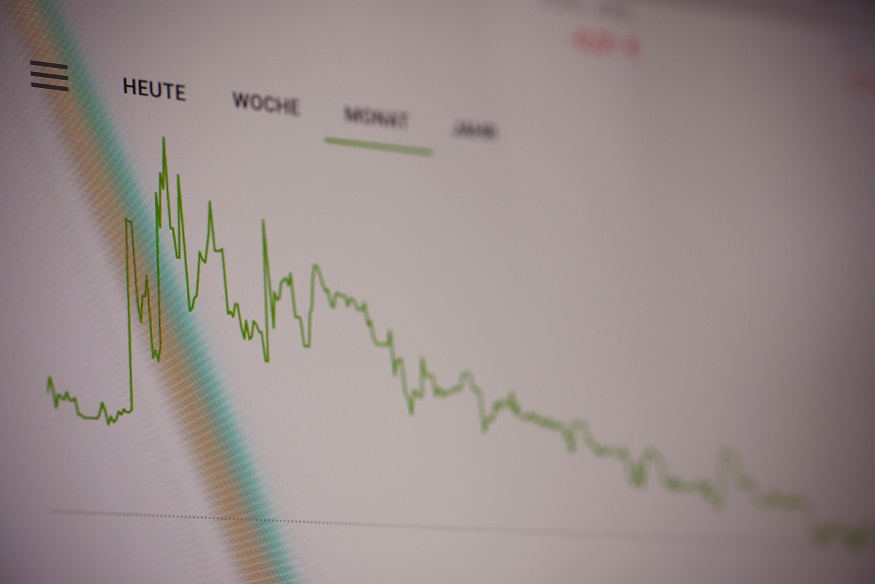Forex trading signals play a crucial role in guiding traders’ decisions in the dynamic world of foreign exchange. They provide valuable insights into potential market movements, helping traders make informed choices about when to enter or exit a trade. In this article, we’ll delve into the intricacies of interpreting and utilizing Forex trading signals effectively.
Understanding Forex Trading Signals:
Forex trading signals are indicators or notifications that suggest potential trading opportunities based on specific criteria. These signals can be generated through various methods, including technical analysis, fundamental analysis, or algorithmic models. Traders rely on these signals to identify trends, reversals, or other significant market movements.
Types of Forex Trading Signals:
1. Technical Indicators:
Moving Averages: These indicators smooth out price data to identify trends over a specified period. Crossovers of different moving averages can signal potential entry or exit points.
Relative Strength Index (RSI): RSI measures the strength and speed of a market’s price movement. An RSI above 70 may indicate an overbought condition, while below 30 suggests an oversold condition.
MACD (Moving Average Convergence Divergence): MACD is a trend-following momentum indicator that shows the relationship between two moving averages. It can signal potential trend reversals or continuations.
2. Fundamental Analysis Signals:
Economic indicators, central bank policies, and geopolitical events can generate trading signals. For example, a strong employment report may lead to a bullish signal for a currency.
3. Algorithmic Trading Models:
These models use complex algorithms to analyze market data and generate trading signals. They often consider a combination of technical and fundamental factors.
Interpreting Forex Trading Signals:
1. Confirm Signal Reliability:
Before acting on a signal, it’s crucial to verify its reliability. Look for confirmation from multiple sources or indicators. A signal that aligns with various indicators is typically more robust.
2. Consider Timeframes:
Different signals may be relevant for different timeframes. For instance, a signal indicating a short-term trend reversal may not be as significant for a long-term trader.
3. Evaluate Risk-Reward Ratio:
Assess the potential risk and reward of a trade based on the signal. A favorable risk-reward ratio ensures that potential gains outweigh potential losses.
Using Forex Trading Signals:
1. Incorporate Signals into Your Trading Plan:
Integrate signals into your existing trading strategy. They should complement your analysis rather than be the sole basis for a trade.
2. Combine with Other Analysis Techniques:
Use signals in conjunction with technical and fundamental analysis for a comprehensive view of the market. This multi-faceted approach helps confirm potential trade opportunities.
3. Practice Caution and Discipline:
Avoid acting impulsively on signals. Stick to your trading plan and risk management strategies to protect your capital.
Conclusion:
Forex trading signals are valuable tools that can enhance a trader’s decision-making process. However, they should be used judiciously and in conjunction with other forms of analysis. By interpreting signals effectively and incorporating them into a disciplined trading plan, traders can increase their chances of making profitable trades in the Forex market.
Remember, no single signal is foolproof, and it’s essential to exercise caution and diligence in your trading endeavors.
Short Term vs Long Term Forex Trading: Making the Right Choice

